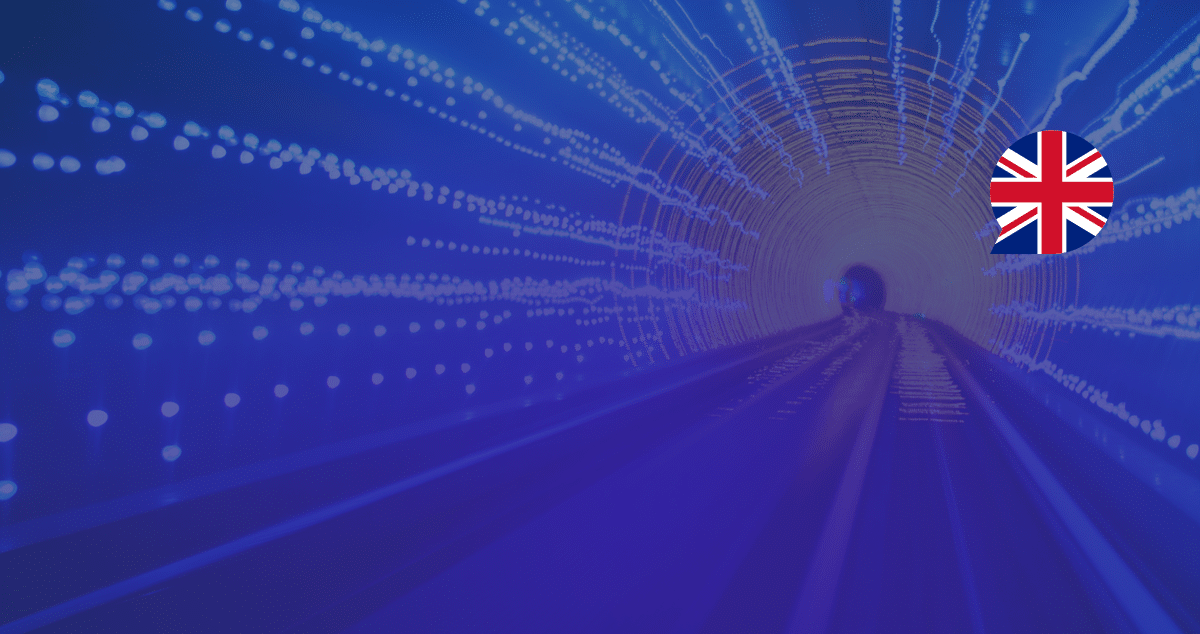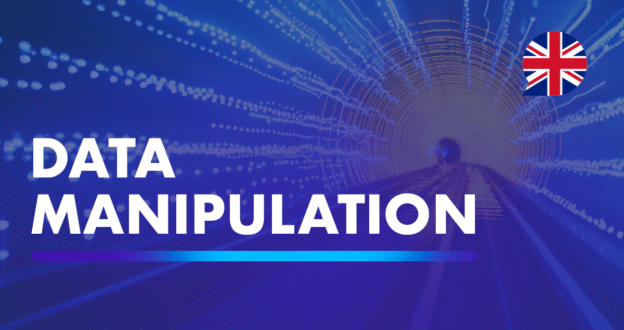Why Take This Course?
Would you like to learn about the libraries that are widely used in Artificial Intelligence? If your answer is yes, you should join the Data Manipulation training with Numpy and Pandas. If you want to work on matrices and multidimensional strings with Numpy, this course will help you pass the first step in data preprocessing. Numpy is written using the C++ language. Therefore, it is one of the ideal libraries for performing effective and speedy operations.
Furthermore, it is well-optimized to help us save the memory consumption of our computers. The use of Numpy plays a vital role in various fields such as physics, chemistry, astronomy, earth science, biology, psychology, materials science, engineering, finance, and economics. For example, in astronomy, Numpy was an essential part of software programs used to discover gravitational waves and the first imaging of a black hole. This library is the foundation upon which the scientific Python ecosystem is built. Thanks to its central location in the ecosystem, Numpy is fast and successful in scientific computing, making it a library frequently used by users and developers to support scientific and industrial analysis for the next decade.
We can say that Numpy and Pandas are two powerful libraries that support each other for data analysis and data manipulation. Pandas offer an easy-to-use syntax and processing, especially when working on numerical tables and time series. Its name is derived from “panel data,” an econometrics term used for multidimensional structured datasets. Organizing the data using mathematical and statistical methods, making the data suitable for our machine learning or deep learning models, tabulating our work, visualizing it in simple terms with the help of seaborn, performing statistical analyzes (descriptive statistics, etc.), performing operations on matrices or equations containing multiple variables, reading data and gaining speed when performing functions on data.
Real-world problems are complex and challenging, even if data science projects first specialize in data preprocessing, visualization, programming, and machine learning techniques. To solve these problems, you will need to take your skills to the next level. This course, where you will increase your dominance over data and sign much more professional projects, has everything needed to fill the data scientist’s toolbox. In the end-to-end adventure of the data, you will be able to improve your experience by using these two libraries in the fastest and simplest way, from reading the data from its source to visualizing, processing, and analyzing the data.
Hub
You are invited to join our Data Manipulation Hub and use this space to discuss topics related to the course, share interesting and relevant material and links, ask questions and engage with peers.
All Our Programs Include
- A joint certificate issued by Global AI Hub for each successful learner
- Additional access to active mentoring by Global AI Hub experts
- The certificate you will earn in this training is valid for privileged membership applications under the CoreRelation Program
Sponsored by 

- Thanks to the Swiss-based AI Business School and the «10million.AI» project, this course is free
- It is part of the national education campaigns aiming at educating more than 10 million learners for free on AI and other digital technologies
Part of the following learning paths
Curriculum
Prologue
- Welcome to Data Manipulation Course
- What is Numpy?
- What is Pandas?
Module 1
- What is Data?
- Usage areas of Numpy, Pandas
- Numpy arrays
- Data types
- Logical Operations
- Mathematical Operations
- Reshaping
- Concatenation Methods
- Array Splitting
- Sorting
- Indexing
- Slicing
- Subset Operations
- Fancy Indexing
Module 2
- Pandas Series
- Element Operations
- loc & iloc
- Logical Operations
- Join
- Aggregation & Grouping
- filter, transform, apply
- Pivot table
Epilogue
- Practical Use Of What Has Been Learned
- Further Projects
- What’s Next
Learning activities
The course includes a series of lessons that lead you through the content in small, bite-sized learning blocks. Each class contains exciting video sessions followed by thought-provoking assessment questions.
- Video sessions have to be marked as complete and can be accessed freely after the completion of each lesson.
- Assessment questions are graded for the calculation of certification progress.
- Each day has a “Materials” section to help you revise the topics seen that day.




